Columbia National Wildlife Refuge
Rate this placeLast Updated: January 1, 2026
Columbia National Wildlife Refuge is a 29,000-acre protected area in the state of Washington.
°F
°F
mph
Wind
%
Humidity
Summary
It is home to a diverse range of wildlife, including over 200 bird species and several large mammals such as coyotes, deer, and elk. The refuge provides a unique opportunity for visitors to experience the natural beauty of Eastern Washington's shrub-steppe ecosystem.
There are several good reasons to visit Columbia National Wildlife Refuge. The area offers excellent opportunities for birdwatching, hiking, and wildlife viewing. The refuge is also an important habitat for several threatened and endangered species, including the burrowing owl and the sage grouse.
One of the most popular points of interest in the refuge is the Drumheller Channels, a unique geologic formation that was created by the Missoula Floods thousands of years ago. Visitors can explore the channels on foot or by car and learn about the area's fascinating geologic history.
Another interesting feature of the refuge is the Saddle Mountain National Wildlife Refuge, which is located within the larger Columbia National Wildlife Refuge. Saddle Mountain is a volcanic cone that rises over 3,000 feet above the surrounding landscape and provides stunning views of the area.
The best time of year to visit Columbia National Wildlife Refuge is during the spring and fall when temperatures are mild and wildlife is most active. However, visitors should be prepared for hot, dry summers and cold winters.
In conclusion, Columbia National Wildlife Refuge is a unique and beautiful area that offers a range of activities and attractions for visitors. Whether you are a birdwatcher, hiker, or just enjoy exploring the outdoors, this refuge is definitely worth a visit.
Weather Forecast
Park & Land Designation Reference
Large protected natural areas managed by the federal government to preserve significant landscapes, ecosystems, and cultural resources; recreation is allowed but conservation is the priority.
State Park
Public natural or recreational areas managed by a state government, typically smaller than national parks and focused on regional natural features, recreation, and education.
Local Park
Community-level parks managed by cities or counties, emphasizing recreation, playgrounds, sports, and green space close to populated areas.
Wilderness Area
The highest level of land protection in the U.S.; designated areas where nature is left essentially untouched, with no roads, structures, or motorized access permitted.
National Recreation Area
Areas set aside primarily for outdoor recreation (boating, hiking, fishing), often around reservoirs, rivers, or scenic landscapes; may allow more development.
National Conservation Area (BLM)
BLM-managed areas with special ecological, cultural, or scientific value; more protection than typical BLM land but less strict than Wilderness Areas.
State Forest
State-managed forests focused on habitat, watershed, recreation, and sustainable timber harvest.
National Forest
Federally managed lands focused on multiple use—recreation, wildlife habitat, watershed protection, and resource extraction (like timber)—unlike the stricter protections of national parks.
Wilderness
A protected area set aside to conserve specific resources—such as wildlife, habitats, or scientific features—with regulations varying widely depending on the managing agency and purpose.
Bureau of Land Management (BLM) Land
Vast federal lands managed for mixed use—recreation, grazing, mining, conservation—with fewer restrictions than national parks or forests.
Related References
Area Campgrounds
| Location | Reservations | Toilets |
|---|---|---|
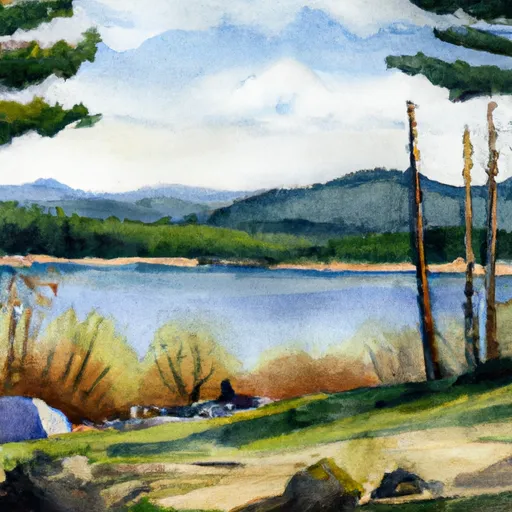 Lyle Lake - WDFW
Lyle Lake - WDFW
|
||
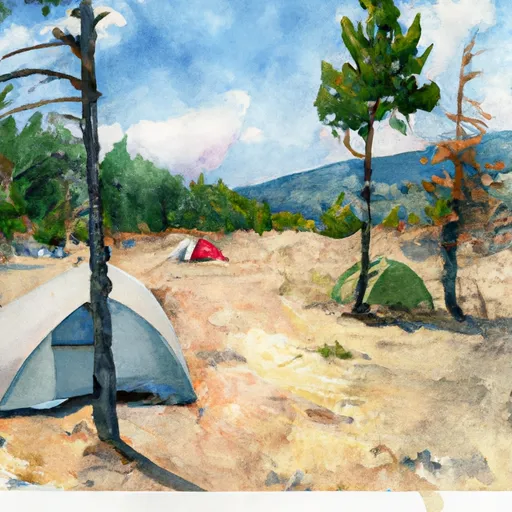 Blythe - WDFW
Blythe - WDFW
|
||
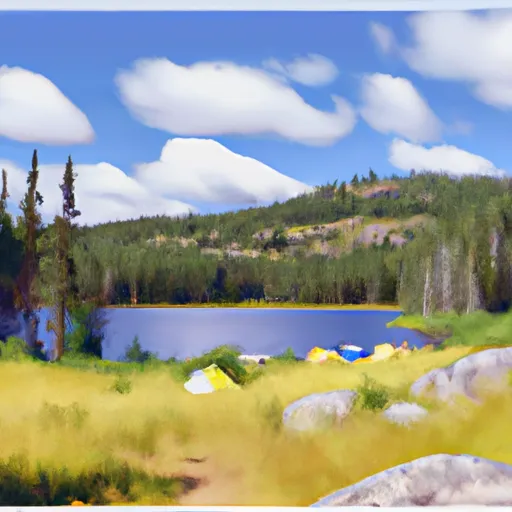 Corral Lake - WDFW
Corral Lake - WDFW
|
||
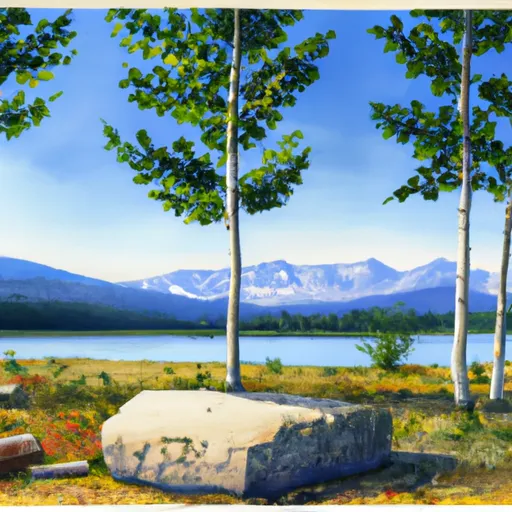 Long Lake (Warden) - WDFW
Long Lake (Warden) - WDFW
|
||
 Potholes State Park
Potholes State Park
|
||
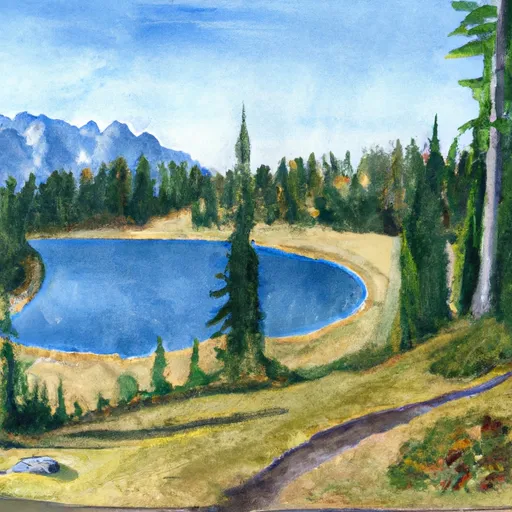 Heart Lake - WDFW
Heart Lake - WDFW
|

 Wahluke Wildlife Recreation Area
Wahluke Wildlife Recreation Area
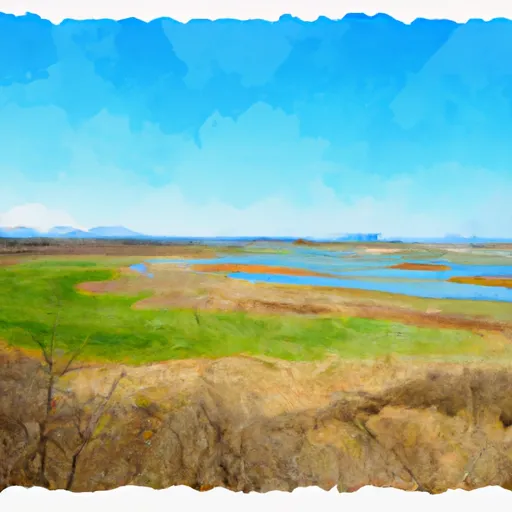 Seep Lakes State Wildlife Recreation Area
Seep Lakes State Wildlife Recreation Area
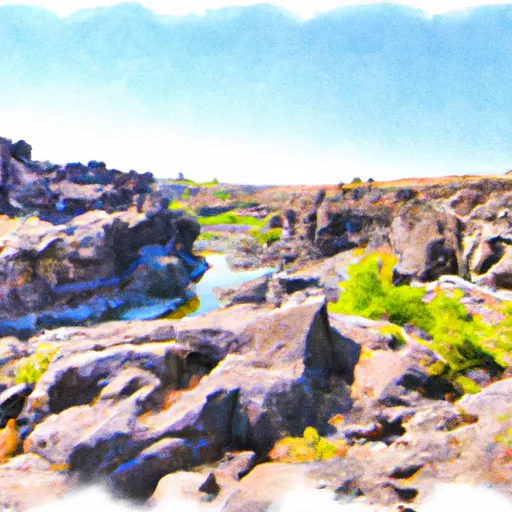 Potholes State Park
Potholes State Park